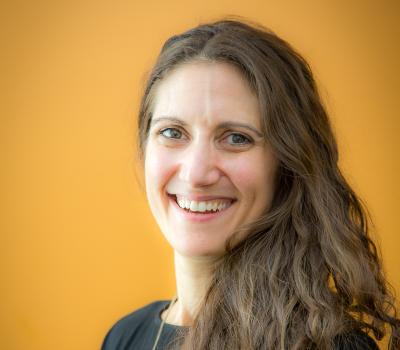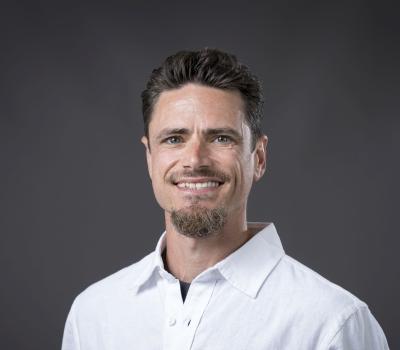The structural engineering faculty members in the School of Civil and Construction Engineering have an interest in structural analysis and seismic related issues. Faculty specialize in design and experimental studies, structural mechanics, dynamics, computer application, numerical modeling, laboratory testing, and probabilistic methods applied to engineering problems (risk and reliability).
In recent years the teams research projects have been supported by the National Science Foundation, Oregon Department of Transportation, United States Department of Agriculture, and the Office of Naval Research. Collaborative work has been developed with researchers at Lehigh University, Cornell University, the Transportation Ministry (Japan), and the Tokyo Institute of Technology. Researchers also belong to the Consortium of Universities for Research in Earthquake Engineering and are affiliated with with the Pacific Earthquake Engineering Research Center.
Structural Engineering Research Laboratory (Strong Floor)
Many structural engineering research projects take advantage of Oregon State University's large scale structural strong floor. This facility is the second largest structural testing floor on the West Coast and allows researchers to simulate earthquakes and forces up to one million pounds and frames up to two stories high. The floor is steel-reinforced concrete five feet thick, with massive bolts and anchors to which materials can be attached and their strength tested. The facility has recently been used for studies of bridge cracking that have been undertaken on behalf of the Oregon Department of Transportation. Of the states 1800 bridges constructed in the 1950's, 500 have been identified as cracked. Replacement and repair costs could cost several billion dollars. Oregon State researchers are developing modeling tools and data banks to forecast how the cracked bridges will perform over time, develop ways to assess bridge reliability, and identify repair options.
Wood Structures Lab
Much of the experimental research is conducted at the Gene D. Knudson Wood Engineering Laboratory in the Department of Wood Science and Engineering in Richardson Hall on the Oregon State campus. A 3000 square-foot high-bay facility with 12-foot high L-shaped reaction wall and 60x40 foot reaction floor to accommodate dynamic testing of large wood components and structural systems. It is equipped with servo-hydraulic test systems as well as specialized fixtures.
Many graduate students have been and are involved in dual-major master's or doctoral degree programs in the two programs, and complete one thesis or dissertation on wood structures or wood mechanics as their joint research effort.








